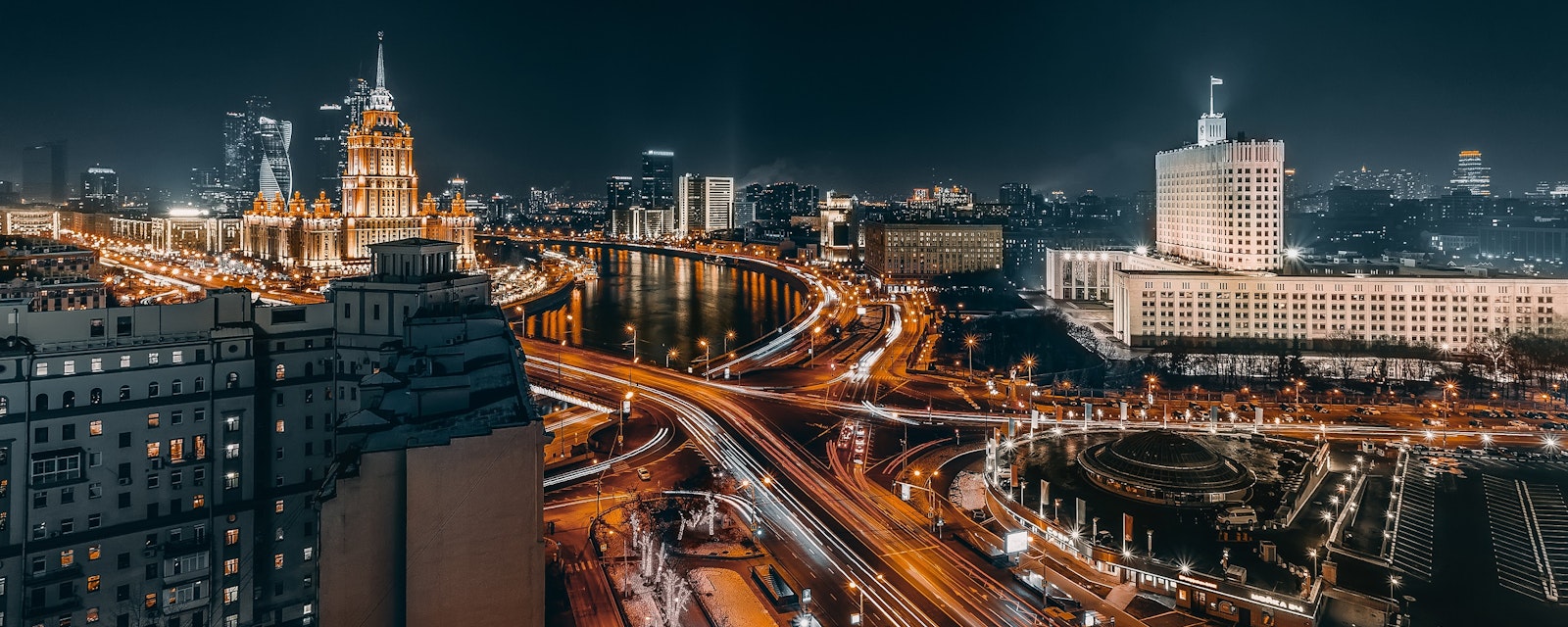Massive air strikes on critical infrastructure and civilians across Ukraine aimed to “punish” Kyiv for targeting the strategic Crimean Bridge and mitigate domestic criticism for military setbacks elsewhere. Russia’s failure to stabilize the situation on the frontlines is likely to prompt more escalatory and asymmetric measures targeting Ukraine and its Western allies. Despite explicit nuclear threats, Moscow has a wide range of other options it could use to attempt to weaken Ukraine or force talks with the West.
In the morning hours of 10 October, Russia launched dozens of missile and drone strikes inflicting significant damage on critical infrastructure and civilians across Ukraine, demonstrating that no part of the country is safe. The attack – the largest of its kind in months – was carried out in response to the explosions on the Crimean Bridge this past weekend, which Russian President Vladimir Putin qualified as an act of terrorism aimed at Russia’s critical infrastructure planned and perpetrated by the Ukrainian special forces. According to Putin, any future such attacks would be met with a tough response.
The scale of the latest strikes highlights the strategic and symbolic significance of the Crimean Bridge. The Crimean Bridge was opened by Putin himself in 2018 and served as a vital link between newly occupied Crimea and Russia’s mainland. More recently, the multi-lane road and rail bridge served as a crucial supply route for Russia’s military into southern Ukraine.
Such an escalatory response helps Putin at least temporarily distract attention from humiliating military losses on the frontlines and the controversial prisoner swap that saw the exchange of Ukraine’s Azov fighters for Putin’s ally in Ukraine, Viktor Medvedchuk. To deflect mounting criticism, Russian authorities have also reshuffled the country’s military leadership, with Sergei Surovikin now being appointed to lead military action in Ukraine. Surovikin is known for his extremely brutal tactics in previous military engagements in Chechnya and Syria. Although multiple previous commander changes did not bring major improvements, Surovikin’s appointment has been welcomed by nationalist hardliners in Russia.
Still, the most pressing near-term challenge for Putin is to stabilize the frontlines. Russian forces have been forced to cede swathes of territory during the past several weeks and Ukrainian forces are expected to continue pushing forward before the winter sets in and mobilization efforts in Russia start yielding any tangible results. After the retreat from Lyman, Russian positions in the Luhansk region appear shaky, although Moscow is rushing with reinforcements. Contrary to Moscow’s goals, the latest missile strikes might prompt even greater Western military support for Ukraine, including more advanced air defense systems and longer-range offensive weapons. The extent of additional support will be discussed in a Ramstein-format meeting planned later this week.
Further Steps in the Escalation Ladder
Following major setbacks suffered by the Russian forces in the Kharkiv region, Russia’s war in Ukraine has been developing along a rapidly escalating trajectory. The past three weeks saw the announcement of mobilization in Russia, Moscow’s illegal annexation of four of Ukraine’s regions, renewed threats by Putin against the West, and now a massive air attack on Ukraine.
Despite explicit nuclear threats, there are still multiple ways Moscow could attempt to destabilize Ukraine and its Western allies. For example, continued strikes on Ukraine’s energy infrastructure could leave large parts of the country without heating, electricity, and water supplies during the winter months. Given regular shelling around Europe’s largest nuclear power plant in Zaporizhzhia, an incident with a potential radioactive fallout cannot be ruled out. Mysterious explosions along Nord Stream pipelines in late September and Putin’s statements about alleged Ukrainian attempts to blow up the undersea TurkStream pipeline serve as clear warnings that critical infrastructure outside Ukraine might be targeted too. Even a low-level military incident with NATO cannot be ruled out, as Moscow might see this as an opportunity to initiate broader security talks with the West and shift the attention away from Ukraine.
On the military front, Russia is stepping up its efforts to bring the regular Belarusian forces into the war. Today, the disputed Belarusian President Alexander Lukashenko announced that Belarusian and Russian forces are forming a joint unit to repel a potential attack on Belarus from Ukraine and NATO countries. While few details are available, the joint new unit might attempt to spoil Ukraine’s counteroffensive plans. However, a formal involvement of the Belarusian army in offensive operations in Ukraine would pose grave risks for Lukashenko himself as only 3% of Belarusians support their country’s direct entry into the war on the Russian side.
While the probability of nuclear escalation is low in the near term, the risk would rise if Russia cannot halt Ukrainian counteroffensives even with the newly mobilized troops and is pushed out from large parts of occupied territories, which Moscow now considers as its own. Such a scenario would put immense pressure on Putin at home. However, the crossing of the nuclear threshold – even in case of a low-yield demonstrative detonation – would unleash a host of new risks for Putin, including much greater international isolation, likely tough Western response, or potential domestic backlash to mention a few. However, the launch of a full-scale invasion of Ukraine also seemed like an irrational option for many in the West. Therefore, it is hard to predict what the aging, increasingly isolated authoritarian leader with outsized ambitions and a peculiar understanding of history and international relations would do to avoid a humiliating loss for Russia and himself.





